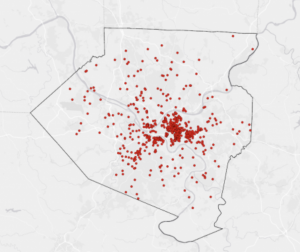Chapter 4: Working through Chapter 4 felt much smoother compared to earlier sections. Importing data wasn’t difficult, though it required a bit of patience. The process took some time, but I can see how repetition helps reinforce these skills. One of the biggest improvements I’ve noticed is my ability to navigate ArcGIS Pro more efficiently. I’m no longer spending extra time searching for tools like the Catalog Pane or the Toolbox—they’re becoming second nature. It’s rewarding to see how practice is translating into better workflow efficiency. While some steps felt a bit tedious, they’re definitely helping to build a solid foundation for more advanced tasks ahead.
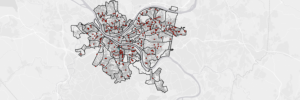
Chapter 5: Chapter 5 was an eye-opener when it came to working with world map projections. I hadn’t realized just how many different ways a map could be projected, and it was fascinating to see how even at a continental scale, state shapes and sizes could shift depending on the projection used. It really put into perspective how map distortion works.This chapter definitely reinforced the importance of choosing the right projection and understanding how data interacts with spatial features.
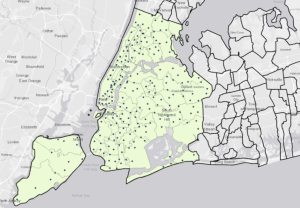
Chapter 6: Chapter 6 focused on constructing a neighborhood map, which was an engaging and practical exercise. One of the highlights was working with fire department and police station layers—it was interesting to see how these essential services are mapped and analyzed within a community. Being able to visualize and manipulate these layers added a real-world element to the tutorial, making it more than just a technical exercise. This chapter reinforced how GIS is used for urban planning and public safety, which made the work feel especially relevant.
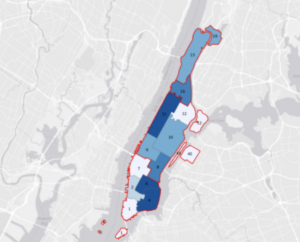
Chapter 7; Chapter 7 was by far the most interesting and enjoyable for me. I really liked working with the different tools to create maps—it felt both creative and practical. The hands-on experience made the concepts click in a way that previous chapters hadn’t. That said, I was left with some lingering questions. While I now know how to use these tools, I’m still wondering about the best scenarios for applying them. When should I choose one tool over another? What are the real-world implications of these choices?
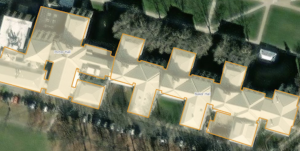
Chapter 8:Chapter 8 was fairly straightforward. It felt very short and fast. In 8-1, I ran into a few minor hiccups when trying to locate certain buttons, but overall, it wasn’t too challenging. After a little searching, I was able to get everything working without too much trouble. 8-2 went even smoother—I didn’t encounter any major issues, and the steps felt intuitive. It was nice to have a chapter that flowed easily, reinforcing skills without too many obstacles.
